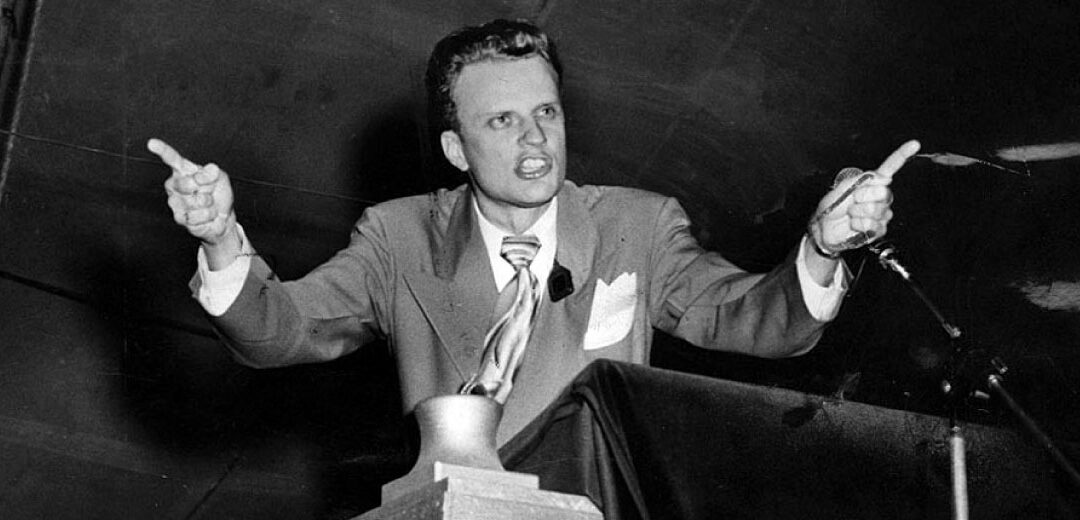Revival
Revival in the Past
When Francis Asbury came to the colonies in 1771, there were approximately six hundred Methodists. Within the next 45 years, there were over 200,000 Methodists. Methodism, through revival camp meetings, grew from 1 in 5000 people to 1 in 40. And African American circuit riding preacher named Richard Allen again traveling in 1781, Preaching Methodist camp meetings with such profound effect that he started a church in Philadelphia in 1820 which had 7500 members. From that church the African Methodist Episcopal Church was founded.
One of the greatest revivals in the history of early America took place in 1801 in Cane Ridge, Kentucky, where Barton Stone, a Presbyterian circuit rider, based his ministry. The crowds swelled to 20,000 as people came from hundreds of miles away on horseback on horse drawn carriages, some even walked to get there. As the preaching took place, many displayed unusual, phenomenal manifestations described in their terms as fainting, rolling, and jerking -a spasmodic twitching of the entire body. The most common occurrence, however, was repentance.
In 1906, William J Seymour, an African-American, briefly attended a Bible school in Houston. When he arrived in Los Angeles, California, he began to preach, based on Acts 2:4. After several days of intense prayer and preaching, on April 9, 1906, seven people were filled with the baptism of the Holy Spirit with the physical manifestation of speaking in other tongues. This drew onlookers from the neighborhood, and crowds gathered. Several days later, Seymour received the baptism of the Holy Spirit and began holding meetings in a converted livery stable at 312 Azusa St. in Los Angeles. For the next three years an explosion of Holy Ghost revival attracted the attention of the city, state, country, and world. Three to nine services were conducted daily. From around the world and throughout the United States and Canada people came to receive their personal Pentecost. Beggars, the wealthy, politicians, common laborers, and religious leaders converged at 312 Azusa Street.
Revival In the Present
In the current revival move of today, we see God pouring out his spirit in America through churches that are allowing the Holy Spirit to preside in their services. For example, one place in Brownsville Assembly of God in Pensacola, Florida, where over 22,000 people had been born again in the first ten months of revival. Yes, many other manifestations of the historic American camp meetings are still taking place, but the emphasis is on repentance and repairing people’s hearts for the coming of the Lord Jesus.
Revival in the Future
The revivals of the past that shook America, South America and Africa will in the future shake the Lands of Islam and Hinduism and Communism. The greatest revivals are yet to be. Iran is presently being shaken; millions of Muslims are turning to Christ. Should the freedom of religion be granted in Islamic persecuted countries millions would flee to Christ. The greatest evangelists are yet to be born the greatest revivals are yet to occur in these populous countries. Like the revivals of the past, they will be revivals of great joy, manifestations of the Holy Spirt and genuine repentance.
Acts 8:5-8, “Then Philip went down to the city of Samaria and preached Christ to them. And the multitudes with one accord heeded the things spoken by Philip, hearing and seeing the miracles which he did. For unclean spirits, crying with a loud voice, came out of many who were possessed; and many who were paralyzed, and lame were healed. And there was great joy in that city.”
Dr. Orr in England in the 1940s took his students on a “field trip” to famous religious historical sites. One of the stops was the rectory where reformer John Wesley had lived. The tour of the house ended in the bedroom where the students noticed that beside the bed were two worn spots in the carpet where John Wesley who led a great revival in England and in the United States had knelt for hours in prayer. The sight of those two worn spots had a profound effect on the students who stood in silence before they left to get on the bus.
Once on the bus, the professor realized one was missing.
He went back into the rectory and found the student kneeling in the place Wesley knelt, fervently praying, “Do it again, Lord! Lord, would you do it again?! And would you do it again with me?!”
The professor touched the young man on the shoulder and indicated it was time to go. With that, Billy Graham stood up and joined the rest of the students on the bus.
“A prayer of Habakkuk the prophet, on Shigionoth. O LORD, I have heard Your speech and was afraid; O LORD, revive Your work in the midst of the years! In the midst of the years make it known; In wrath remember mercy” (Habakkuk 3:1-2).
O, Lord, do it Again!
Respectfully,
Dr. Robert Bryant

